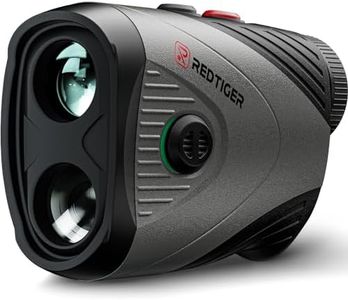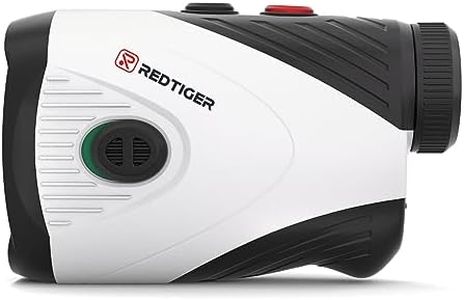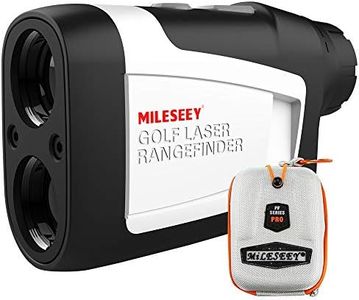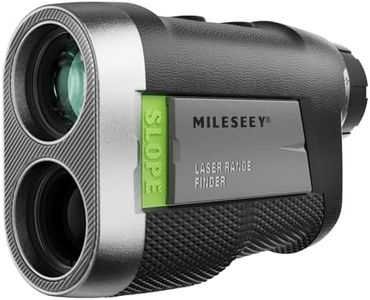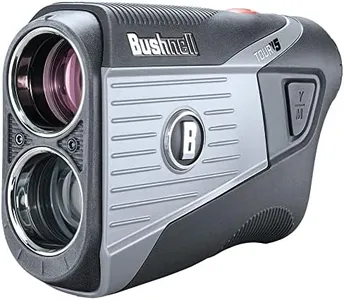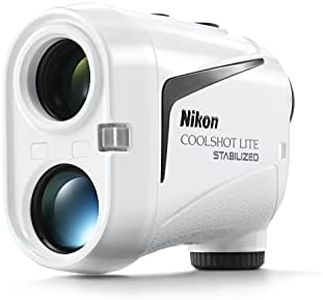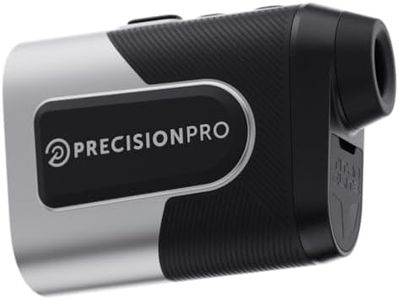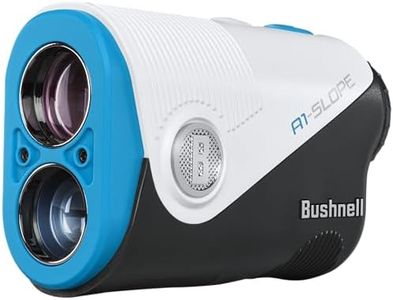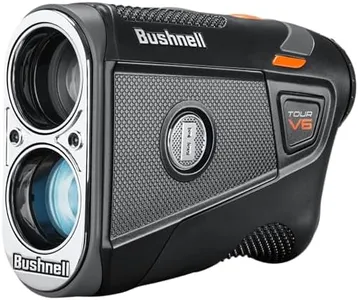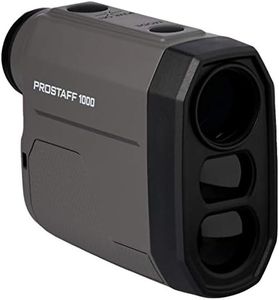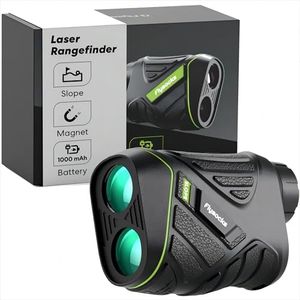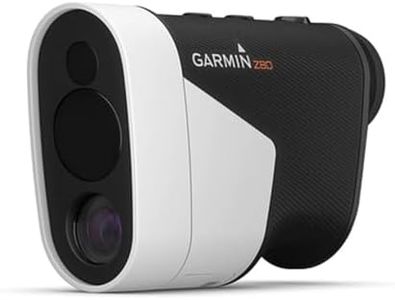We Use CookiesWe use cookies to enhance the security, performance,
functionality and for analytical and promotional activities. By continuing to browse this site you
are agreeing to our privacy policy
10 Best Golf Rangefinders
From leading brands and best sellers available on the web.By clicking on a link to a third party's website, log data is shared with that third party.
Buying Guide for the Best Golf Rangefinders
Choosing a golf rangefinder can make a big difference in your game by helping you accurately judge distances on the course. The goal is to find a device that matches your playing style, is easy for you to use, and provides the features you genuinely need. When considering which rangefinder to buy, focus on the essential specifications, understand what each one means, and think about how they relate to how you typically play golf. Don't get distracted by marketing buzzwords or unnecessary extras; prioritize what will actually improve your overall golfing experience.RangeRange refers to the maximum distance a rangefinder can accurately measure, usually given in yards or meters. This spec is important because it determines how versatile the device will be on different courses and whether it fits your typical shot distances. Entry-level models have shorter ranges, suitable for most amateur courses, while higher-end devices offer much longer ranges. Most golfers don't need the absolute maximum, but make sure the range covers all possible shots you might face, including long par-5s or when measuring hazards far away.
AccuracyAccuracy tells you how close the measurement will be to the actual distance, often specified as plus/minus a number of yards or meters. The more accurate your rangefinder, the more confident you'll be in shot selection. For recreational golf, an accuracy within a yard is generally sufficient, while those who play competitively or want ultra-precise data may prefer models with half-yard or even tighter tolerances. Consider how crucial absolute precision is to your play style—if you want maximum trust in your distances, look for higher accuracy.
MagnificationMagnification is how much closer the rangefinder can make distant objects appear, usually noted as a number followed by 'x' (like 6x). Greater magnification helps you see the flag or hazards better, especially on large or visually busy courses. Lower magnification might be easier for quick scans and less jittery, while higher settings are better for targeting small or distant objects. Think about your eyesight and how steady your hands are: if you find your hands shake a lot, lower or moderate magnification can be helpful.
Slope MeasurementSlope measurement is a feature that adjusts the distance reading based on elevation changes between you and your target. This is important for courses with a lot of hills or uneven terrain, as it lets you better judge how much the slope affects your shot. Some competitions do not allow slope-enabled devices, but many models let you turn this feature on or off. If you often play on hilly courses or want extra accuracy for practice rounds, consider a device with this feature.
Display TypeDisplay type refers to how the measurements and other information are shown to you, either through a simple viewfinder, an LCD screen, or even colored displays. A clear, bright display makes it easier to read numbers quickly, especially in different lighting conditions. Basic displays work fine for most, while some golfers prefer high-contrast or adjustable brightness screens for maximum visibility. If you often play in bright sunlight or at dusk, pay extra attention to this feature.
Ease of UseThis spec includes everything from the physical controls of the device to how quickly and easily you can get a reading. A rangefinder that's intuitive and comfortable to hold and operate makes it much more likely you'll use it regularly. Look for clear buttons, ergonomic design, and quick response time. If you value speed during play or get frustrated by complicated devices, prioritize models known for their simplicity.
Water and Weather ResistanceGolf isn't always played in perfect weather, so consider how well the rangefinder stands up to rain, moisture, and dust. Devices may be labeled as water-resistant or waterproof, making them more durable in varied conditions. If you frequently play early in the morning, during light rain, or on dewy courses, higher resistance will be beneficial. For mostly sunny, dry conditions, basic weather resistance is usually enough.
Battery LifeBattery life refers to how long the rangefinder can function before needing a new battery or recharge. Longer battery life means less worry about running out mid-round. Some use standard replaceable batteries, while others have built-in rechargeable options. Think about how often you play and whether you prefer the convenience of quick replacement or like the eco-friendliness of recharging.
